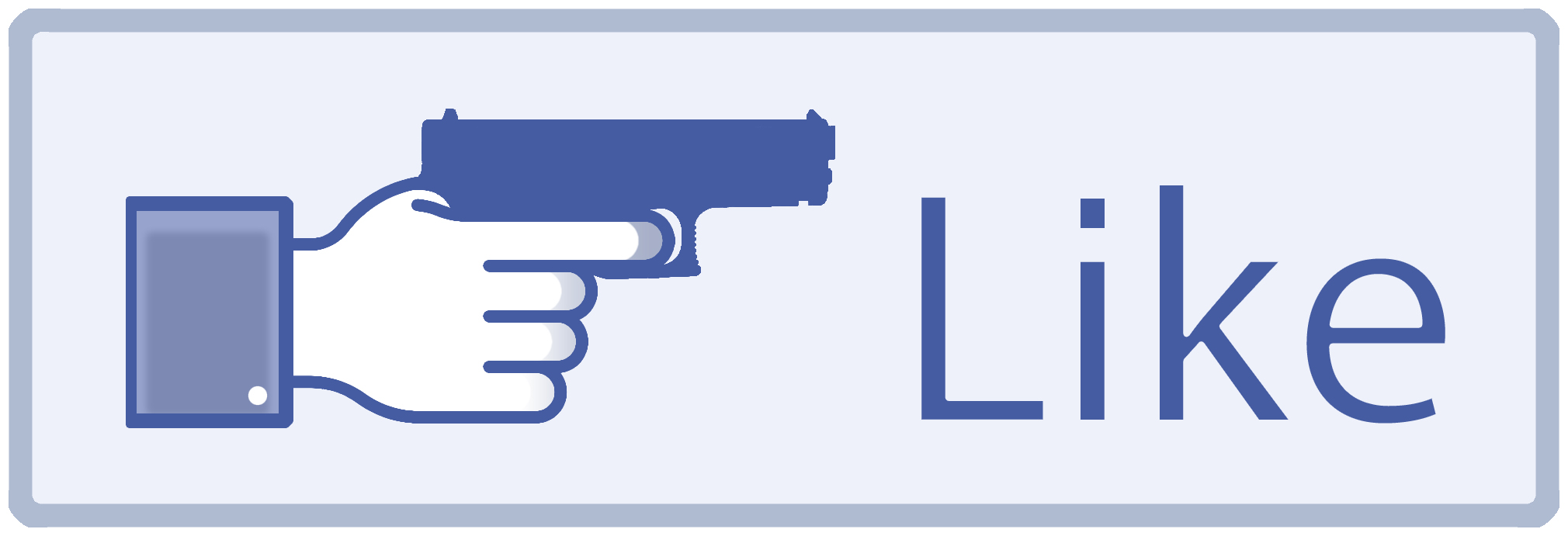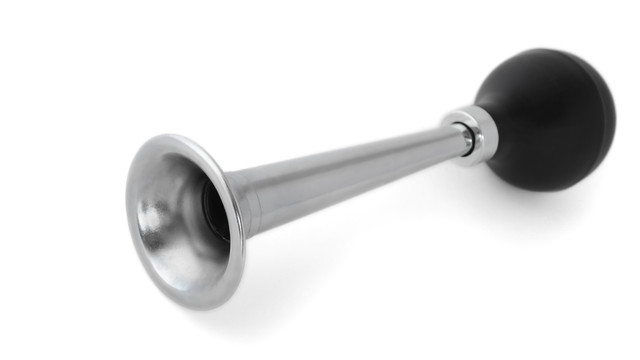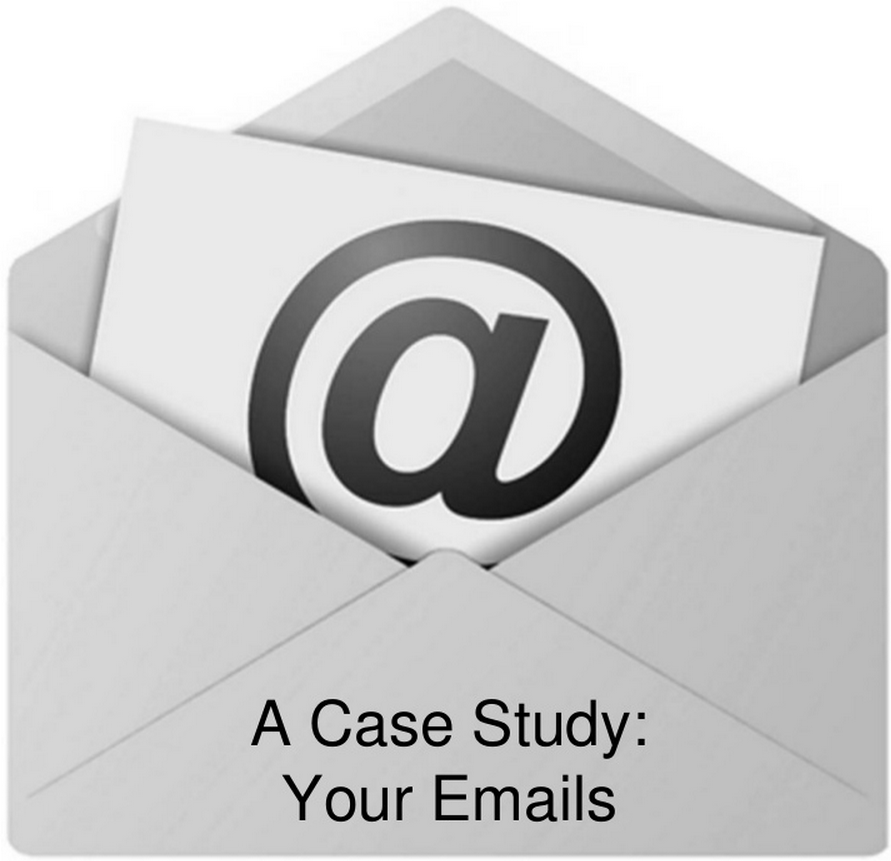It’s the $64,000 question. Your boss—and her boss—are always asking you for ROI reports. Strangers buttonhole you at parties. Your mom has no idea how to explain what you do for a living. What’s worse, sometimes you feel as if you’re faking it. The question: how do you measure social media? After all, if you can’t measure it, you can’t market it.
How the Red Cross Used Twitter to Raise $3 Million in 48 Hours
The more talks I deliver, the more I come to love PowerPoint. In fact, as a colleague recently told me, when thinking about how to explain something, I’ll often articulate how it might look in a slide deck. Accordingly, after coming across a study making the case for SMS donations, I thought, “This would be perfect for PowerPoint!” Hence, the above SlideShare.
How to Make Your Byline a Marketing Goldmine
That italicized sentence at the bottom of your blog posts isn’t a necessary evil, but an easily exploitable opportunity.
Ten years ago, after you finished reading a book, watching a movie, or listening to a song, it was over; you were done. If you wanted to share your reactions, you saved them for the water cooler.
Today, the traditional indicators of finality — a tombstone mark for an article (∎), the words “the end” for the silver screen, a trio of hashtags (###) for a news release — have been supplanted by a button that beckons you tinno “like,” “retweet,” “pin,” or perform some other variation of social-media sharing.
For example, by displaying a hash tag, TV commercials encourage you to “join the conversation” on Twitter. Magazine articles refer you to a website “for more information.” Even McDonald’s has climbed aboard the bandwagon, stamping QR codes that reveal nutritional data on its carryout bags.
How can you, dear blogger, get in on these gigs and thus propagate your posts? Specifically, how can you milk your content for more followers and fans?
Easy: just start making use of an often-overlooked implement in the marketer’s toolkit: your byline.
Bringing Together Two of the Most Interesting and Important Things: Small Businesses and Social Media
Twitter and Chase recently teamed up to form a social media partnership for small businesses. I was fortunate to be a panelist at the launch event in New York. Here’s the two-minute highlight video.
The Easiest Way to Get People to “Like” Your Content: Ask Them To
How to be a showman without becoming a showboat. Or: How to make your message hot without looking like a hot dog.
“Politics is a direct-response business,” declares the digital director of President Obama’s re-election campaign. “People do things if you ask them to do it, and … don’t … if you don’t ask.”
Exactly! In fact, this is true not only in politics, but also in social media. If you want your readers to click “like” or “retweet” or “reblog” or “pin” or “plus,” you gotta ask for it. Not for nothing do two of the web’s most popular sites — BuzzFeed and Mashable — serve up big buttons at the top of each article, beseeching you to “share me now!” What’s more, these icons now include the number of shares in real time, boxing you in with peer pressure: “Don’t share me — I dare you!” This is marketing at its finest: so subliminal, you think you’re making a considered choice.
15 Secrets That Will Make Your Headline Go Viral
“Let’s put it on our website.” The refrain is increasingly common, but, as always, there’s a right way and a wrong way.
An amateur will do what’s easiest: copy and paste. But a pro knows that to copy and paste is to deprive readers of the Web’s richness. Shifting copy from dead trees to Web browsers is both art and science.
The art: to write for the web, you need to be not only a writer, but also a marketer, a designer, and a publicist. The science: to write for the web, you need to understand how people read on the web.
To this end, we’ll review the differences between reading something designed for a monitor and something designed for print. We’ll walk through the best practices of web writing, and review a variety of good and bad examples. We’ll also intersperse exercises throughout, so you learn by doing.
The Single Biggest Marketing Mistake Made by Small Businesses
When creating their company website, many small businesses defer to their “web guy” on the address. “Oh, JanesFlowers.com isn’t available? Ok, JanesFlowers2.com is fine.”
No! No! No! While seemingly trivial, your URL is in fact critical. Don’t let it be an afterthought; make this decision an integral facet of your planning and branding.
After all, not only will your domain be printed on your business cards and in your email signatures. You’ll also need to pronounce it in a way that leaves no room for confusion.
Consider a few case studies.
The Art of Writing Your Own Bio: How to Toot Your Horn Without Sounding Like a Blowhard
Let others sing your praises.
After college, I did what most liberal arts grads do when they come to Washington: I interned at a think tank. As I subsequently embarked on my career, I shied away from the word “intern,” a moniker that I felt would betray my lack of experience. Instead, my bio and LinkedIn profile said I “did media relations” for the Cato Institute.
This was true: I edited op-eds from Cato’s scholars and pitched them to the media; I just didn’t volunteer my job title. I’d argue that this sin of omission is the benign kind of biographical betterment.
What Your Email Says About Your Brand
Digital branding starts in your inbox.
It’s something you take for granted, something seemingly trivial, even mundane. When executed thoughtfully, however, it makes a splash. It says, “This guy is sharp — I want to work with him!”
What is this opportunity, obvious but overlooked? It’s the bookends of your emails: your address and signature block — often, the first and last thing your recipients will see. For better or worse, your email bookends are powerful purveyors of your brand. What are yours conveying about you?
Consider just the address. As the Oatmeal has observed, the domain you choose is like a Rorschach test, betraying your sophistication, or lack thereof. A few examples:
The One Thing PR Pros Can’t Fake
Anyone can apologize. Indeed, we all do from time to time. But to do it well — to extinguish the fire rather than re-ignite it — ultimately requires the one thing that even we PR pros can’t fake: sincerity.






